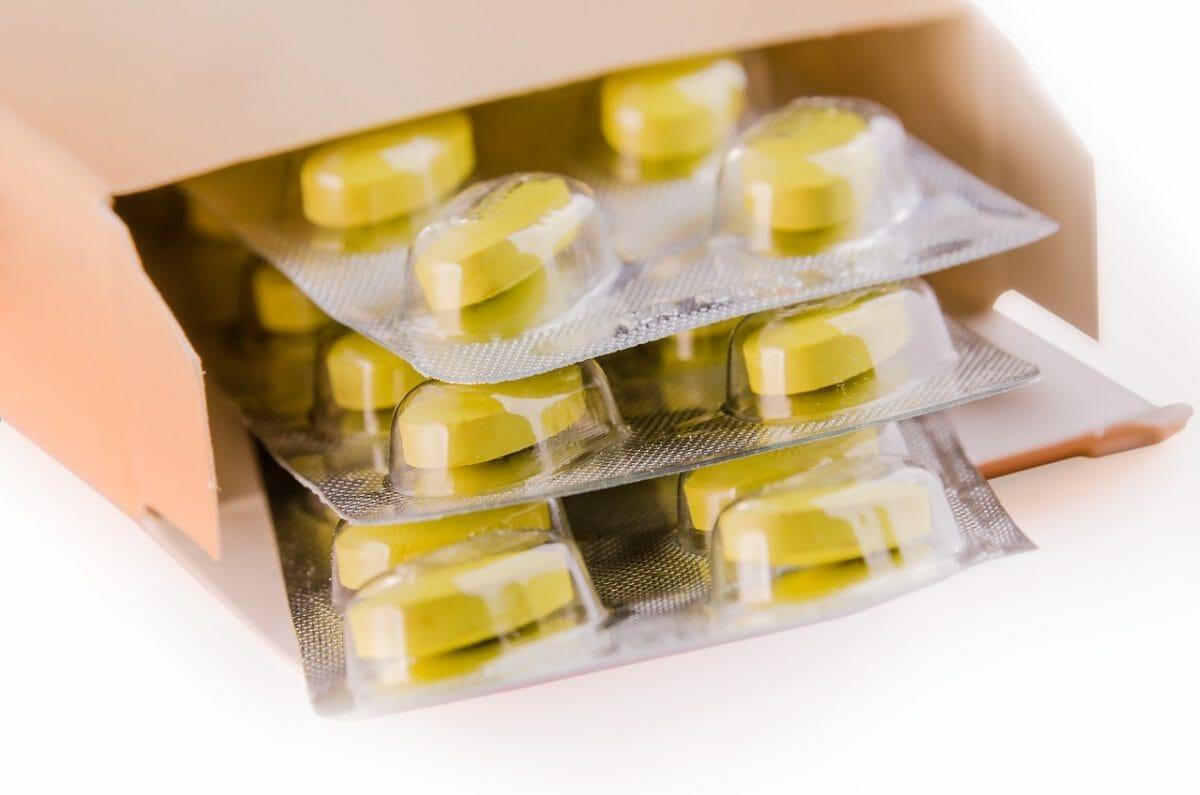The safe and timely delivery of healthcare products and equipment is crucial in the medical field. Whether it’s medications, medical devices, or sensitive diagnostic instruments, proper packaging ensures these items reach their intended recipients in optimal condition. The packaging used for medical product shipping must meet stringent standards to maintain product integrity, protect against damage, and uphold patient safety. This article will explore the importance of proper packaging for medical product shipping and the critical considerations involved.
Medical Product Integrity
First and foremost, proper packaging is essential for maintaining the integrity of medical products during transportation. Many medical products, including vaccines, pharmaceuticals, and biological samples, are highly sensitive to environmental conditions. Temperature fluctuations, excessive moisture, and exposure to light can all compromise the efficacy and safety of these products. Therefore, packaging materials must provide adequate protection against these factors.
Mitigate Contamination Risk
Moreover, proper packaging helps mitigate the risk of contamination. Medical products are intended for use in clinical settings or by patients, and any contamination can have severe consequences. Packaging materials should be sterile or provide a barrier against contaminants such as dust, moisture, or microorganisms. Medical-grade packaging materials that comply with strict regulatory guidelines are essential to ensure the safety and sterility of the products being shipped.
Regulatory Compliance
Regulatory compliance is another crucial aspect of proper packaging for medical product shipping. Medical products are subject to numerous regulations and standards imposed by health authorities and regulatory bodies. Packaging must meet these requirements to ensure compliance and avoid regulatory issues. Failure to comply with packaging regulations can lead to delays, fines, or even the suspension of shipments, which can have severe implications for patients, healthcare providers, and manufacturers.
Supply Chain Efficiency
Additionally, proper packaging plays a vital role in enhancing supply chain efficiency. Effective packaging design can optimize the use of space, reduce waste, and streamline logistics operations. Efficient packaging solutions help maximize the number of products shipped in a single container, minimizing shipping costs and reducing the carbon footprint associated with transportation. Moreover, standardized packaging designs and labeling systems can facilitate inventory management, simplify handling procedures, and expedite customs clearance processes.
Patient Safety
Finally, patient safety is at the core of the importance of proper packaging for medical product shipping. Medical products are ultimately used to diagnose, treat, or manage health conditions. Any compromise in their quality or efficacy due to improper packaging can lead to severe consequences for patients. Packaging that fails to provide adequate protection, temperature control, or tamper-evident features can compromise product quality or even patient harm. Healthcare providers and manufacturers prioritize patient safety and well-being by ensuring proper packaging.
Proper Packaging Aspects
1. Temperature Control
Temperature control is of utmost importance for many medical products. Vaccines, for instance, require strict temperature maintenance to preserve their potency. Improper packaging that fails to provide insulation or temperature monitoring can lead to temperature excursions and render the vaccines ineffective. Similarly, some medications and biological samples require refrigeration to remain stable. Packaging solutions incorporating temperature-controlled packaging and cold chain logistics are critical for preserving the integrity of such products.
2. Physical Damage
Another crucial aspect of proper packaging is ensuring adequate protection against physical damage during transit. Medical products are often fragile and can be easily damaged if not appropriately packaged. Delicate instruments, such as surgical equipment or diagnostic tools, require cushioning and shock-absorbing materials to safeguard against impact and vibration. Proper packaging should include materials like bubble wrap, foam, or custom inserts that securely hold the products in place and prevent movement within the package.
3. Collaboration with Manufacturers
Manufacturers, healthcare providers, and logistics companies must prioritize implementing robust packaging solutions that meet the unique requirements of medical products. Collaboration and knowledge exchange between stakeholders is vital to proper packaging for medical product shipping. Manufacturers should work closely with packaging experts to develop designs that align with product specifications, transportation conditions, and regulatory standards. It is crucial to conduct thorough testing and validation processes to ensure the packaging adequately protects the products throughout the shipping journey.
4. Proper Training
Furthermore, education and training programs should be provided to personnel handling, storing, and transporting medical products. They should be familiar with proper handling procedures, the importance of maintaining temperature controls, and the significance of adhering to established packaging guidelines. This knowledge will help minimize human error and promote consistent compliance with packaging requirements.
The importance of proper packaging for medical product shipping cannot be overstated. It is essential for maintaining product integrity, protecting against damage, complying with regulations, optimizing supply chain efficiency, and upholding patient safety. From temperature control and protection against physical damage to sterile barriers and regulatory compliance, each aspect of proper packaging plays a crucial role in ensuring the successful delivery of healthcare products.
